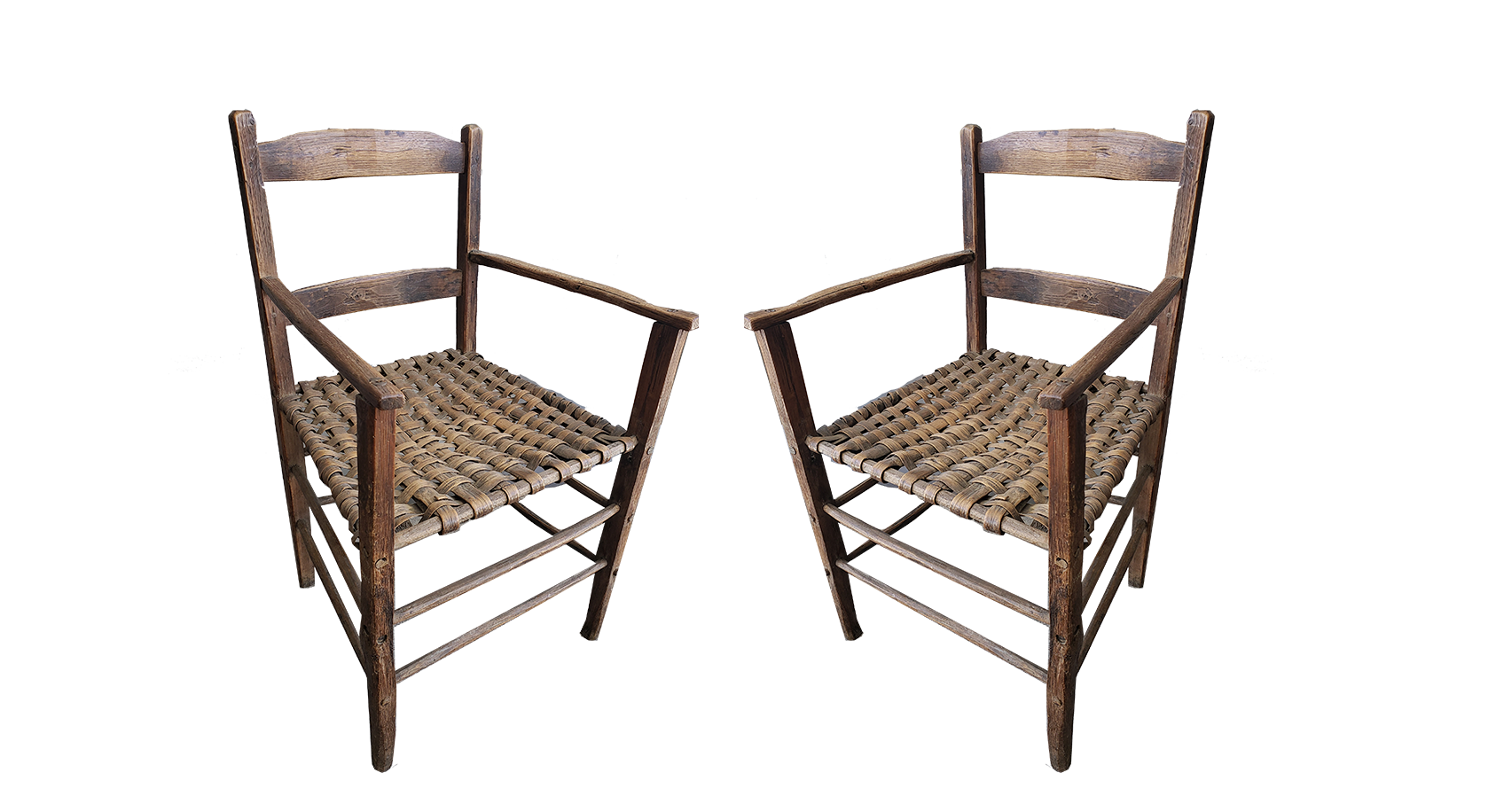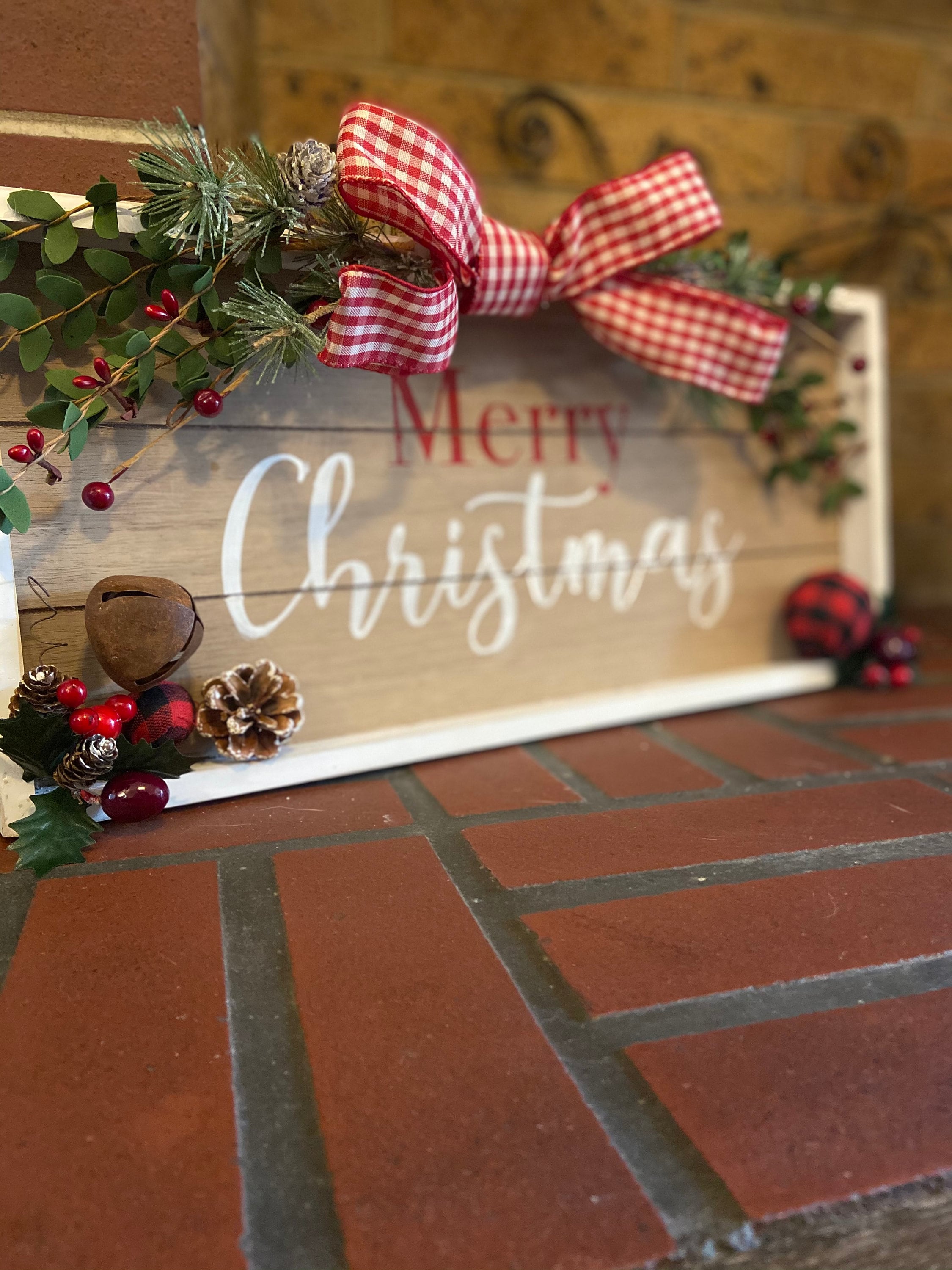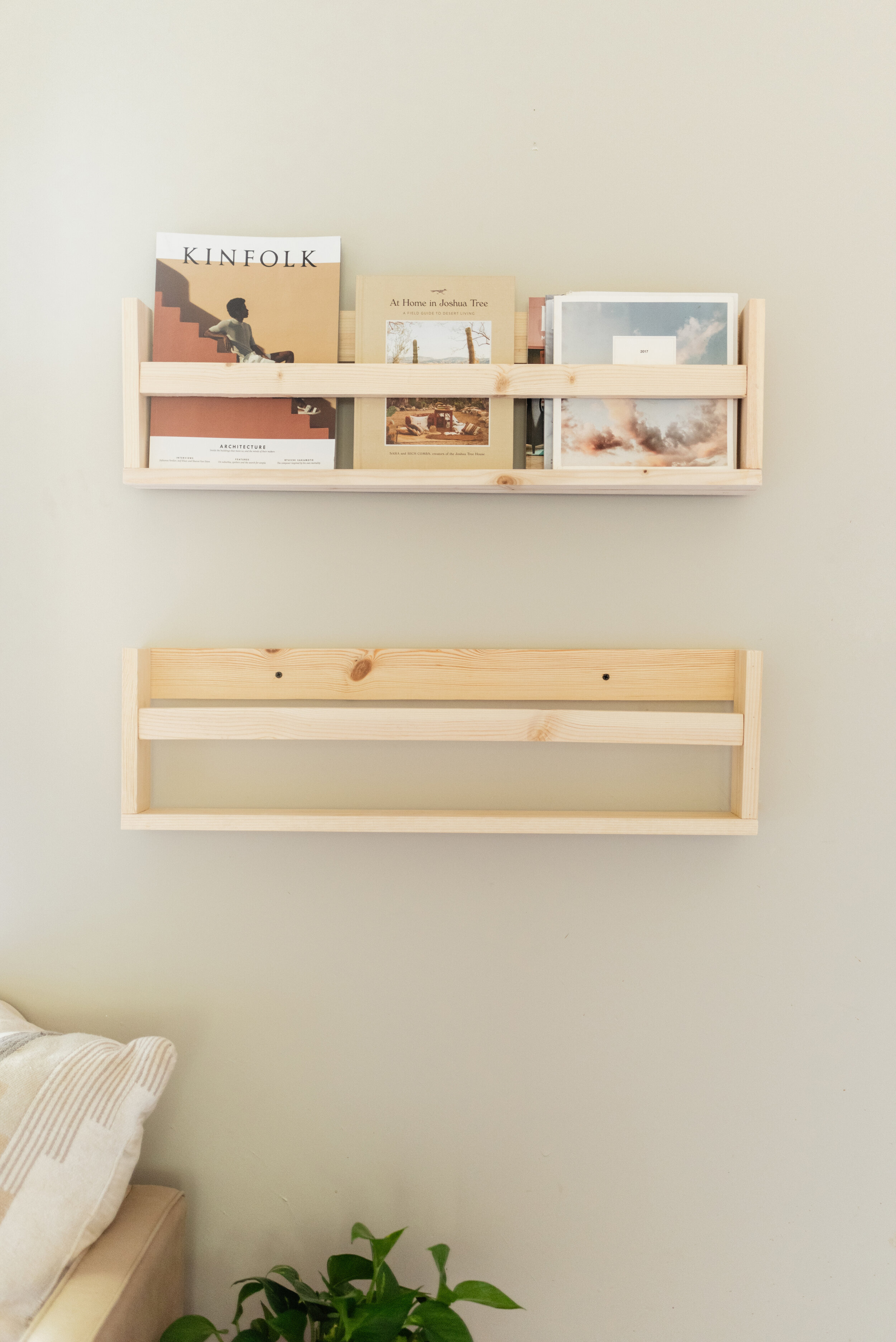
Handmade Wood Gifts to Make and Sell
So, you're thinking about starting a woodworking business, huh? You love working with wood, you've got a knack for creating beautiful things, and you're ready to turn your passion into profit. That's awesome! The world is full of people who appreciate the beauty and craftsmanship of handmade wood gifts. But where do you start?
Let's talk about some awesome handmade wood gift ideas that are sure to be a hit with your customers. We'll cover everything from beginner-friendly projects to more advanced creations, so whether you're a seasoned woodworker or just starting out, there's something here for you.
Simple and Sweet: Beginner-Friendly Wood Gift Ideas
Starting small is key! These projects are perfect for beginners and can be easily customized to suit different tastes and occasions.
Personalized Wooden Coasters
Who doesn't love a good set of coasters? They're practical, they can add a touch of personality to any home, and they're super easy to make! You can use different types of wood for a variety of looks, and you can add a personal touch with laser engraving or even hand-painted designs.
Wooden Jewelry Boxes
Jewelry boxes are always a popular gift idea. They're a thoughtful way to show someone you care and can be customized to match their style. Keep it simple with a plain box or get creative with decorative elements like inlays or carvings.
Wooden Picture Frames
A classic gift idea that's always appreciated! Choose different wood species for different styles, add a touch of personalization with laser engraving, or even incorporate unique shapes and designs.
Stepping Up Your Game: Intermediate Wood Gift Ideas
Ready to take your woodworking skills to the next level? These projects offer a bit more complexity, but the results are well worth the effort.
Wooden Cutting Boards
Cutting boards are a must-have for any kitchen. You can make them in various sizes and shapes and even incorporate decorative elements like handles or grooves.
Wooden Serving Trays
Serving trays are a stylish and practical way to bring food and drinks to the table. You can make them in different shapes and sizes and add embellishments like handles or metal accents.
Wooden Wall Clocks
A wooden wall clock is a unique and eye-catching piece of décor. You can use different wood species to create a variety of looks and personalize them with different clock mechanisms and designs.
Showstopping Creations: Advanced Wood Gift Ideas
Are you ready to impress your customers with your woodworking mastery? These projects are for the seasoned woodworker and are sure to make a statement.
Custom Wooden Furniture
If you're truly skilled, why not create custom furniture pieces? Coffee tables, end tables, benches, and even small desks are all great possibilities.
Wooden Toys
Wooden toys are becoming increasingly popular. They're durable, eco-friendly, and a beautiful alternative to plastic toys. Consider making wooden trains, building blocks, or even dolls.
Wooden Art Pieces
Let your creativity flow! Create unique sculptures, wall hangings, or even intricate wood carvings. You can work with different wood species to create a variety of textures and finishes.
Marketing Your Handmade Wood Gifts
So you've got the skills and the talent, but now it's time to get those handmade beauties in front of your customers. Here are some ideas for marketing your woodworking business:
- Craft Fairs and Markets: This is a great way to meet potential customers face-to-face and showcase your work.
- Online Marketplaces: Websites like Etsy and Shopify are fantastic platforms for selling handmade goods.
- Social Media: Use platforms like Instagram and Facebook to share photos of your work, behind-the-scenes glimpses, and interact with potential customers.
- Local Businesses: Partner with local shops or boutiques that might be interested in carrying your products.
- Word-of-Mouth: Don't underestimate the power of good ol' fashioned word-of-mouth!
Pricing Your Wood Gifts
One of the most important aspects of any business is pricing your products correctly. It's essential to factor in all your costs, including:
- Materials: Wood, finishes, hardware, etc.
- Labor: Your time and effort are valuable!
- Overhead Costs: Rent, utilities, tools, and other business expenses.
- Profit Margin: This is what you get to keep after all your expenses are covered!
Don't be afraid to charge what your work is worth. You've put in the time and effort, and your handmade wood gifts deserve to be valued.
Commonly Asked Questions
How do I learn woodworking?
There are many ways to learn woodworking! You can take classes, read books, watch online tutorials, or even learn from a mentor. The key is to find resources that suit your learning style and your budget.
What kind of wood should I use?
The type of wood you use will depend on your project and your budget. Some popular options include:
- Pine: Affordable and easy to work with.
- Maple: Known for its strength and beautiful grain patterns.
- Cherry: A rich, reddish-brown wood that's popular for furniture.
- Walnut: A luxurious wood with a distinctive dark brown color.
What tools do I need?
The tools you'll need will vary depending on your projects. Here are some basic woodworking tools you'll likely need:
- Hand saw: Used for cutting wood.
- Hammer: Used for driving nails and other tasks.
- Screwdriver: Used for driving screws.
- Measuring tape: Used for measuring materials.
- Sandpaper: Used for smoothing wood surfaces.
Do I need to be a professional woodworker to start?
Absolutely not! Many successful woodworking businesses are started by hobbyists who turn their passion into a profession. Start small, learn as you go, and don't be afraid to experiment.











